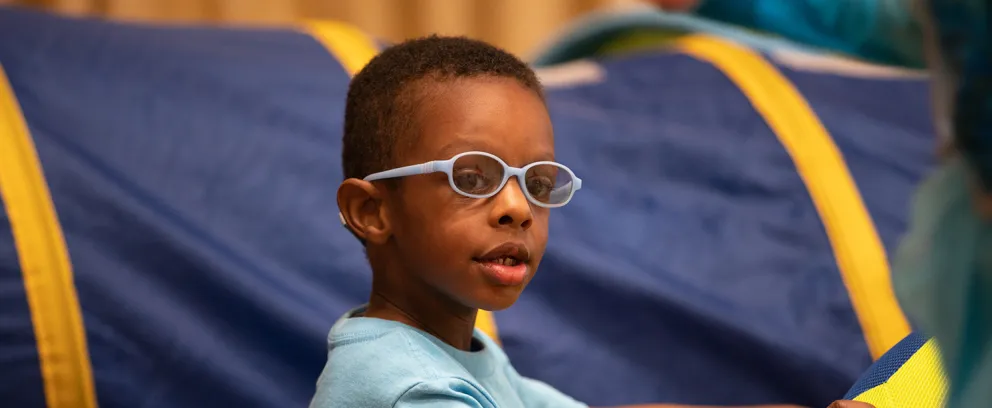The educational profile for a student with Williams syndrome is a unique blend of strengths language and nonverbal reasoning and weakness in visuospatial construction (the ability to see an object or picture as a set of parts and then to construct a replica of the original from these parts). In general, students with WS learn best with consistency, structured instructional routines, clear and realistic expectations, social stories, scripts and visual schedules, and technology. In particular, students with WS are often very effective users of computers and iPads/tablets. They also benefit from “chunking” of material into manageable parts, audio and dynamic visual supports, rhyme, rhythm and cadence, music and/or performing, finding materials that they have an emotional connection with, and specific praise. Above all, it is important to provide the material in a variety of ways. Adapting strategies to pre-teach, teach, and then re-teach, in order to enforce concepts, can be very helpful.
A child should be enrolled in an early intervention program as soon as they are diagnosed to help address developmental delays. Early Intervention programs are guaranteed in every state. Formal programs will assist you in ways to foster your child's development.

